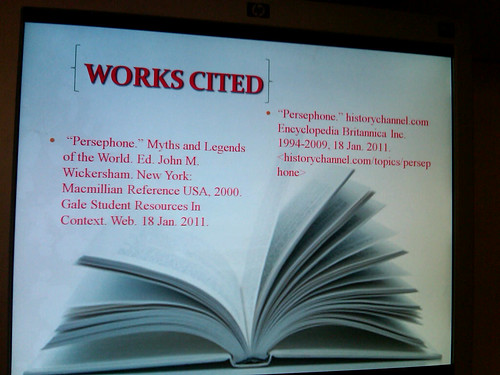 You have probably heard the term “co-citation” pop up in the SEO news world recently. While it is not a new concept, it is becoming a hot one. Rand Fishkin, of SEOmoz, predicts that co-citation is replacing anchor text and becoming an important factor in effective SEO efforts. But just what is co-citation?
You have probably heard the term “co-citation” pop up in the SEO news world recently. While it is not a new concept, it is becoming a hot one. Rand Fishkin, of SEOmoz, predicts that co-citation is replacing anchor text and becoming an important factor in effective SEO efforts. But just what is co-citation?
Co-citation deals with how often two documents are cited together by other documents. So if Professor A and Professor X are cited in the same research papers frequently, they are “co-cited,” and it is likely that they are semantically related. Ok. In the web world, if two brands are mentioned together, and near to keywords, they are said to be co-cited. One could assume that the brands have some sort of relationship with one another.
Say you have a website on SEO, for instance, and you have created articles that are posted on five different SEO sites, including BestSEOEver.com. Great. And then let’s say that BestSEOEver.com links to an article from Wikipedia, or the London Times, or Search Engine Journal. When your site is mentioned frequently in conjunction with these sites, it sends a positive signal to Google that your site is cited in relation to another, very respected, authoritative source. It works to enhance your own credibility.
Sometimes, these co-citations happen by accident. If you want to better the odds and are, for example, a local businessperson, you could submit information to places like Google Places and other local directories and request links from other non-competing local businesses. For local and other businesses, you can blog and create relevant content, make it easy to share, be active in reputable forums, such as Google + or LinkedIn, or try some newsjacking. The key is great content that people want to talk about, share, and link to naturally.

 (
( (
( Like us on Facebook
Like us on Facebook
 Follow us on Twitter
Follow us on Twitter
 Connect on LinkedIn
Connect on LinkedIn